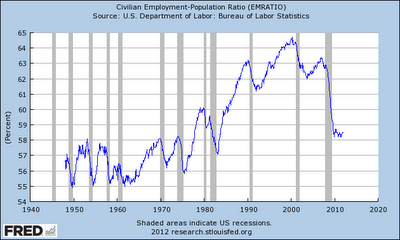Apple and the economy: why the West is switching to services?

Last Sunday the New York Times presented a report on " How the US lost out on iPhone work " calling on the phenomenon of the disappearing middle class , claiming that even though Apple is a hugely successful company, its success reaps more benefits abroad than domestically, at least when observing the figures behind job creation. Apparently, in addition to providing excellent customer value and service, Apple is supposed to rebuild the US manufacturing industry, by shifting its factories back to the US and create more domestic jobs to help kick-start the current sluggish recovery. Why are they helping China, when the US is high in unemployment? Why aren’t they creating jobs here in the US, ask the NYT reporters. And yet they list an impressive list of reasons why Apple still shouldn’t be doing so. The first one is speed and flexibility, the second is scale of production and size of population, the third is cost of both labour and inventory, which are all impossibl









